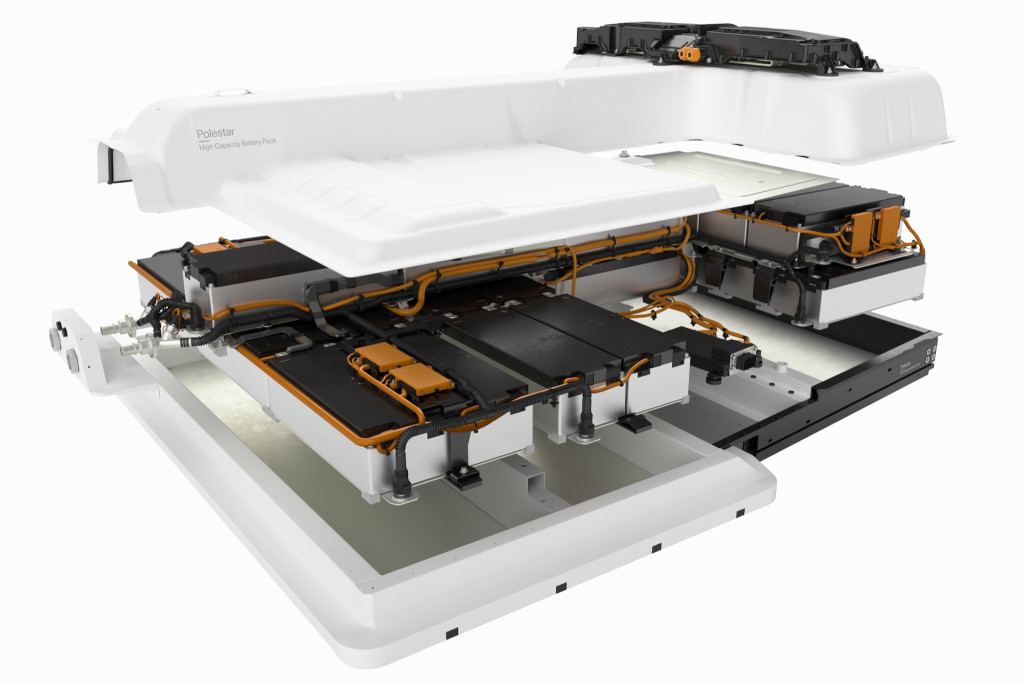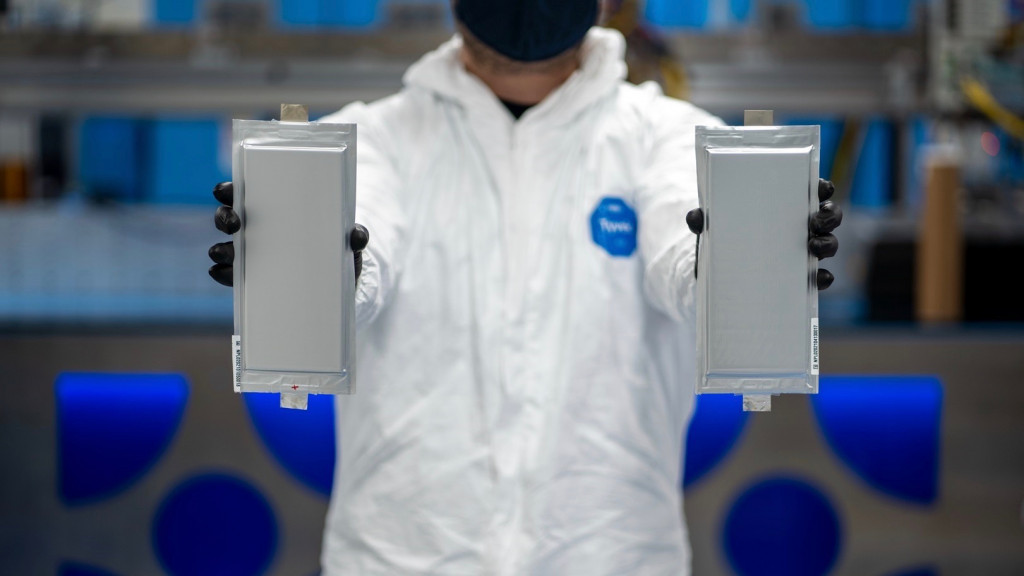[ad_1]
A new type of sensor could improve the accuracy of EV range estimates, which could effectively unlock more range for drivers, IEEE Spectrum reports.
Scientists in Japan are experimenting with diamond quantum sensors that can help improve battery-monitoring accuracy a hundredfold, addressing an issue with current battery-monitoring sensors.
Average EV battery-current output is roughly 10 amperes, but can reach as much as several hundred amperes. This wide range of current strengths means sensors used to monitor a battery’s state of charge are generally limited to an accuracy of 1 ampere, translating to an “ambiguity” of about 10% in range estimates, according to the report.

Polestar 2 battery pack
But a study from scientists in Japan claims diamond quantum sensors can work at a range of more than 1,000 amperes while also measuring current strengths with an accuracy of 10 milliamperes, reducing the ambiguity to around 1%, or even as little as 0.1%.
Quantum sensors are based on the strange properties of matter at the subatomic level, which also allows for extraordinary sensitivity.
In the study, researchers used square-shaped diamond quantum sensors measuring 2 mm wide and 1 mm thick. These sensors could detect battery currents as small as 10 milliamperes at the same range of temperatures expected in a vehicular application, researchers claim.

Solid Power solid-state battery cells
Researchers also noted that this level of sensitivity will be needed for anticipated solid-state batteries, which are expected to discharge at higher power levels, and with higher-powered fast charging.
While not ready for commercialization, the study suggests diamond quantum sensors could extend EV range by 10% by providing more accurate battery monitoring, or keep range the same but allow for a reduction in battery pack size. This goes along with what the federal government’s ARPA-E project reported in 2013—that smaller sensors alone might be able to reduce pack size by 20-30%.
Sensors also play an important role in predicting battery life. More granular battery management systems might also be an important part of such sensing. So just as silicon carbide semiconductors made 800-volt inverters possible, perhaps diamond sensors will unlock another level of EV performance.
[ad_2]
Source link




